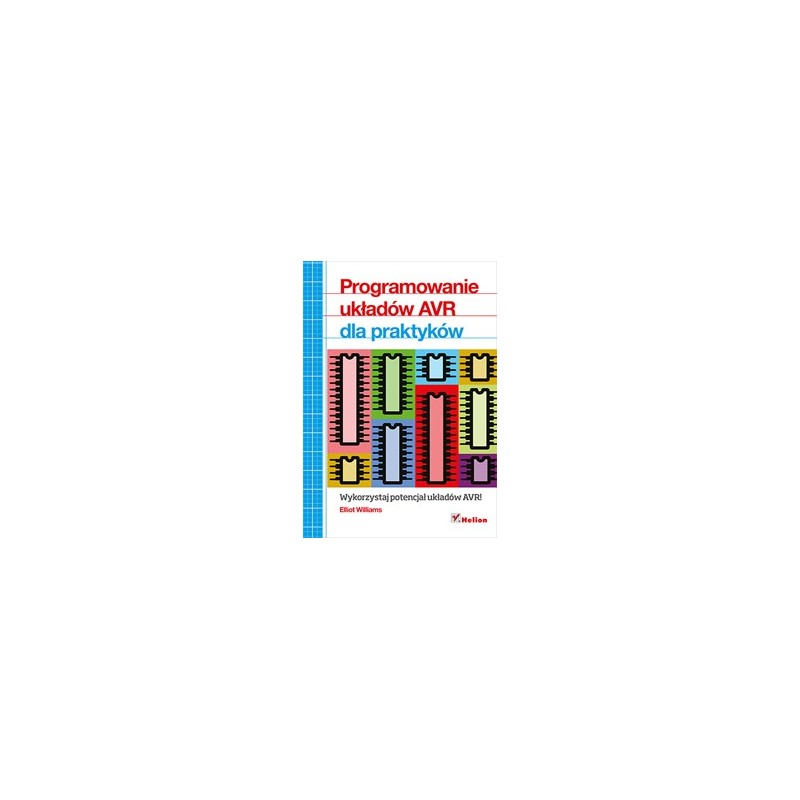- Out-of-Stock



AVR programming for enthusiasts!
The modern world of electronics is conquered by the Arduino system. It is supported by convenience and simple creation of quite advanced projects. However, if you require the highest performance, real-time or multi-tasking response, it's worth taking the next step and getting to know Atmel's AVR systems. It sounds inviting?
Perfectly! We give you a book in your hand that will allow you to get to know the exciting world of these systems. In the following chapters, you will learn to use their potential to write your own C language programs and communicate with the outside world. In addition, you'll learn how to use serial communications, digital inputs and hardware interrupts. Finally, in the section devoted to advanced issues, you'll see how to use switches and the I2C protocol and control the engines. This book will be useful for all electronics enthusiasts who want to discover the potential of AVR circuits.
Thanks to this book:
Take advantage of the potential of AVR chips!
Table of Contents
Introduction (11) PART I. BASIS 1. Introduction (19)
2. AVR programming (29)
3. Digital outputs (55)
4. Manipulations on bits (69)
5. Serial entry and exit (85)
6. Digital inputs (109)
7. Analog-to-digital converter - part 1. (129)
PART II. AVERAGE ADVANCED 8. Hardware interrupt (155)
9. Introduction to the hardware clock / meter (175)
10. Pulse width modulation (197)
11. Servo motor control (213)
12. Analog-to-digital converter - part 2. (237)
PART III. ADVANCED TOPICS 13. Advanced tricks with PWM (263)
14. Switches (279)
15. Advanced motor control (295)
16. SPI (325)
17. I2C (347)
18. Using program memory (367)
19. EEPROM (399)
20. Applications, farewell and encouragement (421)
Index (425)
No product available!
No product available!
No product available!
No product available!
No product available!
No product available!
No product available!
A LiDAR camera with a small size and a resolution of 2 MP equipped with an IMU unit. It enables very accurate depth detection. Range up to 9 meters. Intel RealSense LiDAR Camera L515
No product available!
No product available!
No product available!
Module with e-Paper display, 6" diagonal and 800x600 px resolution. Communication via USB, SPI or I80 interface. Waveshare 6inch e-Paper HAT
No product available!
360° laser scanner. It performs measurements with a frequency of 6 revolutions per second and has a range of up to 8 m. Waveshare Triangulation LiDAR LD14
No product available!
The UM7 orientation sensor from CH Robotics is an Attitude and Heading Reference System (AHRS) that contains a three-axis accelerometer, rate gyro, and magnetometer. It combines this data using an Extended Kalman Filter to produce attitude and heading estimates. Pololu - 2741
No product available!
No product available!
AVT set for self-assembly LED balls for everyone. AVT3250 B
No product available!
No product available!

Elliot Williams
